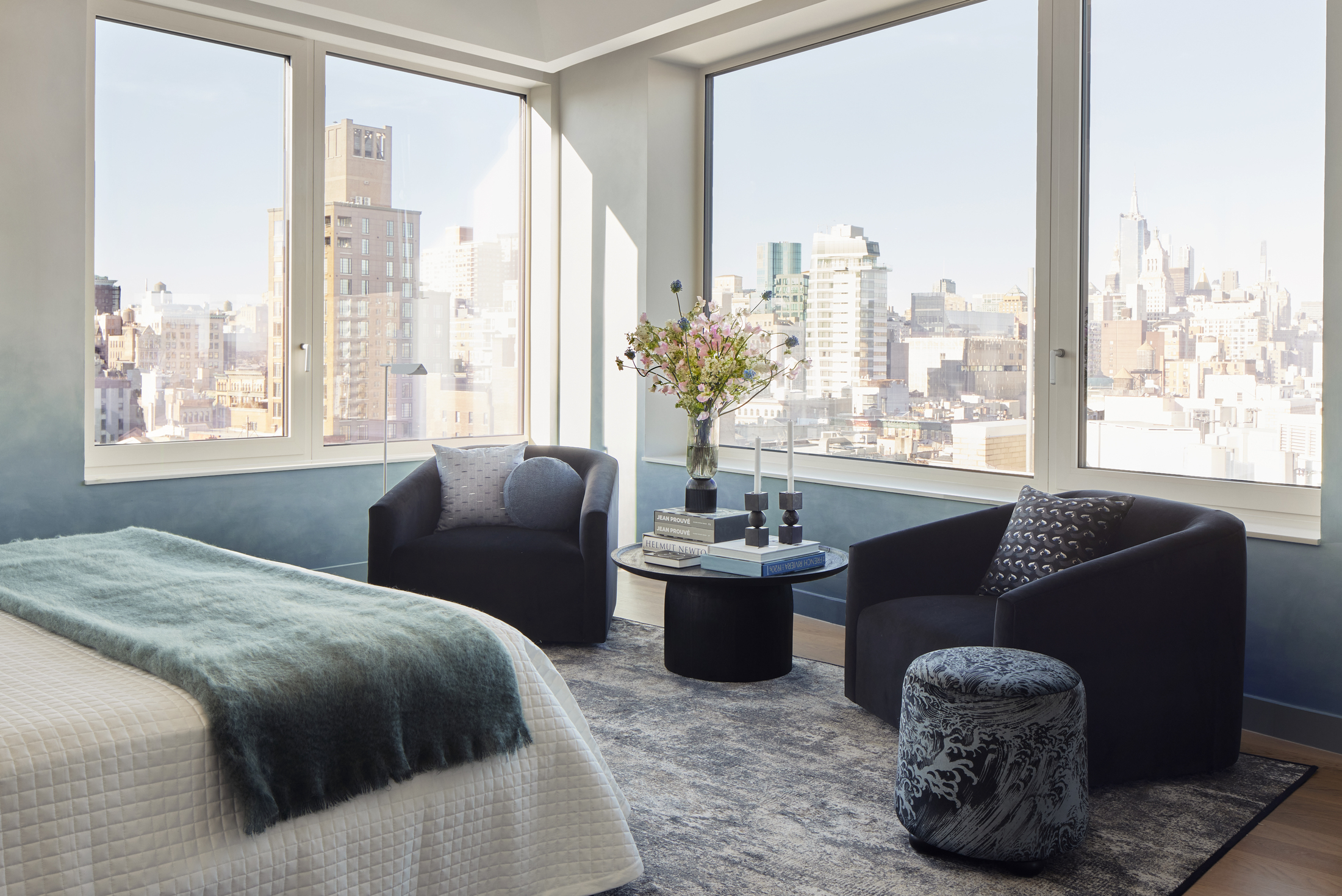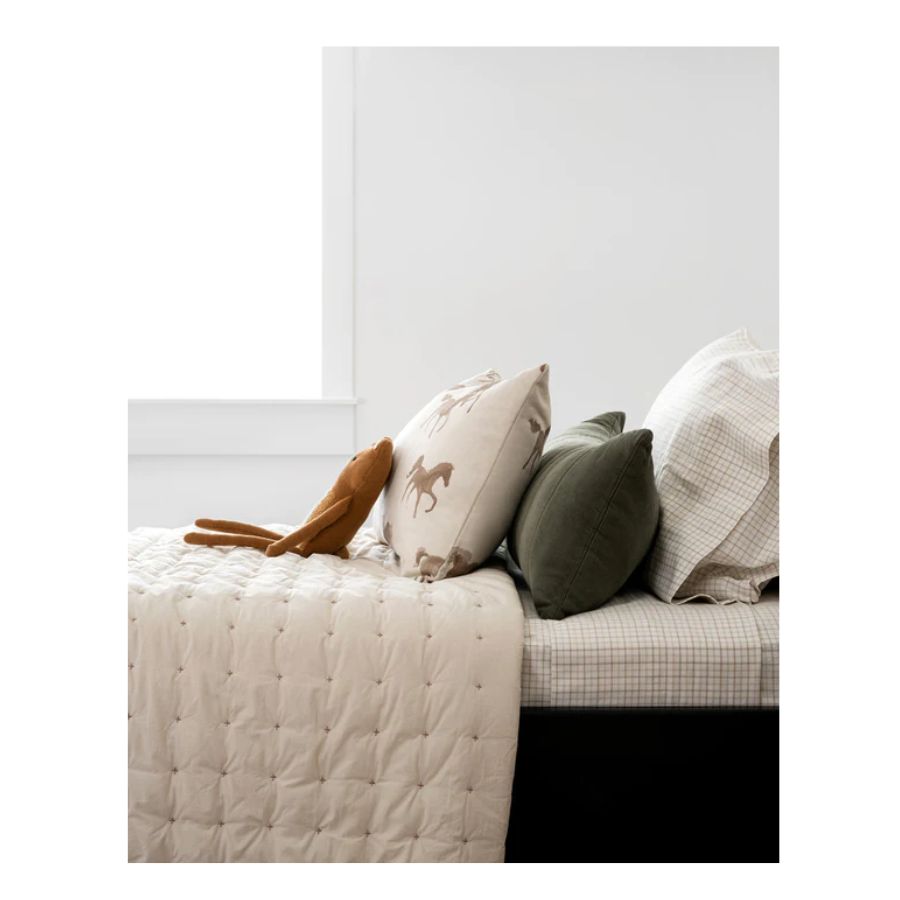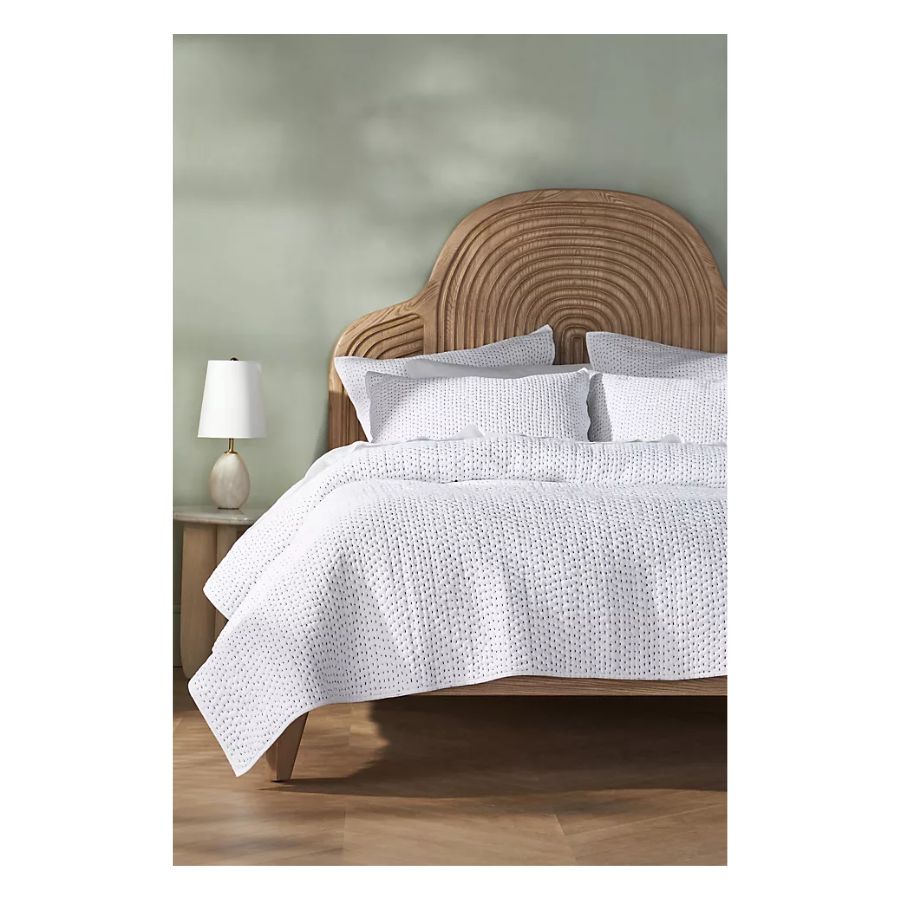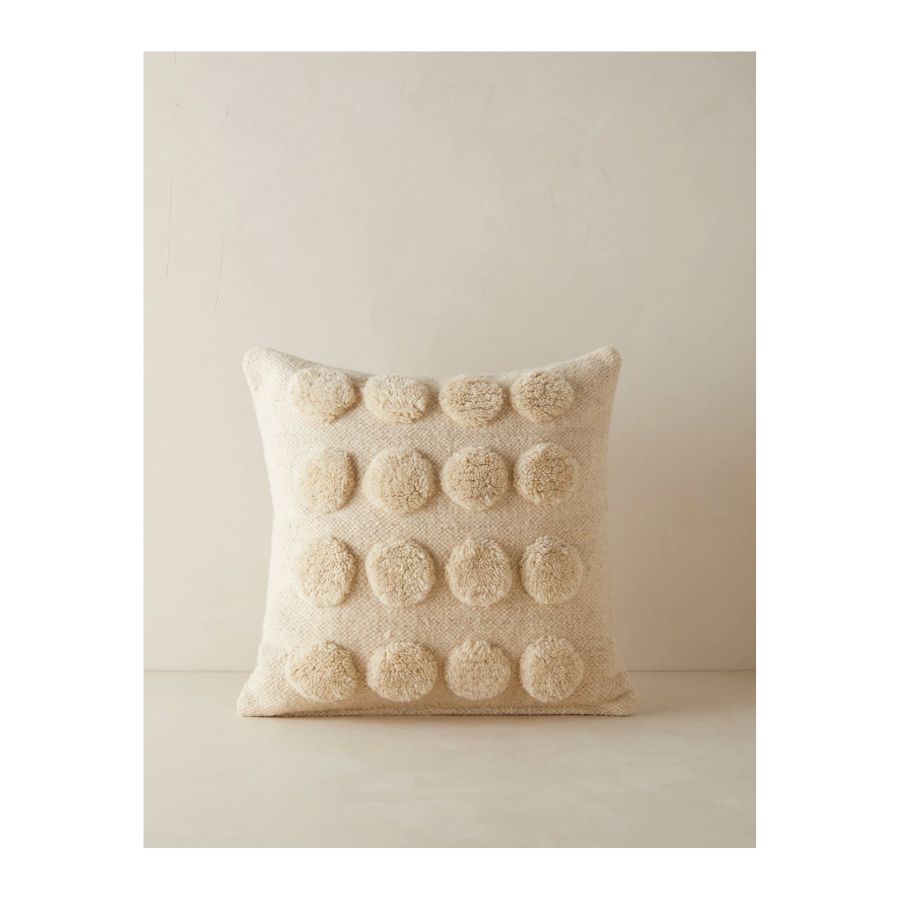Where should you put your bed? These designers share 4 layout options for a practical floorplan
The position of your bed is vital for a functional floorplan and a more aesthetically pleasing space

When decorating a bedroom, we often spend a long time debating the design of the bed, and maybe an equal amount of time thinking about the mattress. Both are super important factors to consider, but one thing that's of equal importance for a balanced bedroom is the actual positioning of the bed itself. You want to have space to walk around it, a good placement in relation to the window, and of course, it should be showcased as the main ‘event’ within the space.
I spoke with design experts to find out their opinion on the best position for a bed. I was curious to know whether it should face the window so that you're gently woken by natural morning light, or whether the middle of the room is better for a more balanced overall look. Here’s what they had to say on the matter, alongside four layouts they think work best for an efficient (and beautiful) modern bedroom.
1. The commanding position

Interior designer Alice Leigh thinks the placement of a bed is an essential part of any bedroom design. ‘I believe that the best location for your bed is in what Feng Shui experts would call the “commanding position”,' she explains. 'This is so that you can see the room entrance looking towards a door but not directly opposite it.'
The commanding position is a foundational concept in Feng Shui. It’s all about being in a position that empowers you and allows you to be in control of your surroundings because you can see the space around you. In a bedroom, this is the space where you have a clear view of the door, and therefore of whoever is walking in at all times, however, you’re not directly aligned with it. This creates a sense of safety, which leads to relaxation and better sleep.
2. In the middle of the room

This option will look absolutely fabulous if you have enough space, and it’s probably the most popular bed positioning (for master bedrooms, at least) since it creates symmetry in the room, making it look and feel more balanced.
‘If there's room, a bed can float in the middle of the space with a wall or cabinet behind it to anchor the bed,' interior designer Ami Mckay tells me. 'This is an ideal solution if there are wrap-around windows with incredible views, but the options are endless.’
If you’re considering this option and you’re at the planning stages of your project, opt for a bespoke fitted option where your bed and the cabinet, dressing table, or vanity are built together, working seamlessly to create a cohesive look. If the space doesn't allow for anything to be placed behind the bed, try to find symmetry in the middle of your main wall, and frame the bed with bedside tables and lamps on each side for a balanced look.
The Livingetc newsletters are your inside source for what’s shaping interiors now - and what’s next. Discover trend forecasts, smart style ideas, and curated shopping inspiration that brings design to life. Subscribe today and stay ahead of the curve.
3. Against a wall

In a room where space is an issue, positioning your bed against a wall will look like the best option at first sight, however, there are a few things to bear in mind. ‘You need to make sure you have a good flow of space around the bed, providing adequate space for both partners,’ warns Alice.
Having enough passage space around the bed to both get in from either side - or to simply make the bed - might seem like a small thing, but it can become frustrating on a daily basis if this box is not ticked, plus it defeats the purpose of a balanced bedroom. Good design is about merging both form and function.
There is, however, one exception. ‘I would break this rule in a kid's room and be happy to have the bed up against a wall as this can feel cozy and secure,’ the designer adds. While a double or larger bed for a couple might not be best positioned against one side of the room, a single bed, day bed, or kids' bed will work beautifully.
4. Facing a window

Last but not least, facing a window might be the most coveted positioning of a bed. In an ideal world, we’d have our beds facing wide windows overlooking beautiful views - who wouldn’t want to have that experience every morning? For many of us though, that's just not unattainable.
‘It’s ideal to have the bed facing the window if there is something beautiful to look at, though it doesn’t always work out that way,' says Amy. 'That said, a floor-to-ceiling wall of light linen sheers that let the light through is a great solution to hide an unsightly view or to create more privacy.'
Space might also be an issue with this positioning as having the bed facing the window, as beautiful an idea as it is, might not always make the most sense when it comes to functionality. Ultimately, comfort is key, so firstly make sure that you can easily access your bed, and that whatever you see from the bed makes you feel safe. And if you can tick the window view box too, that’s a great bonus!
Create a beautifully styled bed with these buys
Raluca formerly worked at Livingetc.com and is now a contributor with a passion for all things interior and living beautifully. Coming from a background writing and styling shoots for fashion magazines such as Marie Claire Raluca’s love for design started at a very young age when her family’s favourite weekend activity was moving the furniture around the house ‘for fun’. Always happiest in creative environments in her spare time she loves designing mindful spaces and doing colour consultations. She finds the best inspiration in art, nature, and the way we live, and thinks that a home should serve our mental and emotional wellbeing as well as our lifestyle.


